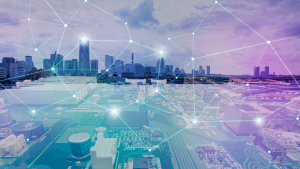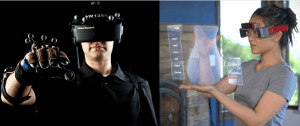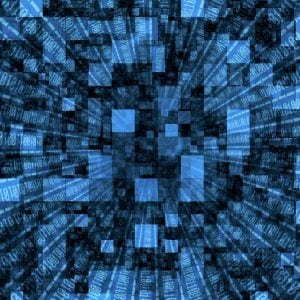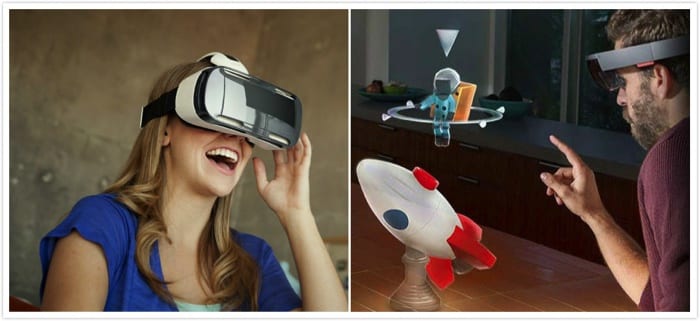2018 Technology Trends
When you think of the word technology, what comes to your mind? Some of us may think of evolution and creativity including things such as self-driving cars and robots delivering food to our doors. Technology runs fast and we need to keep up with it to make our lives easier and simpler, hopefully. So what are the top 2018 technology trends?
Digital transformation is bringing unprecedented change across industries and around the world. Each new technology has the potential to impact the way we do business. But when organisations recognise connections between new technologies and bring them into harmony, they create something new and greater, the “symphonic enterprise”. According to Deloitte’s Tech Trends Report, this idea describes “strategy, technology and operations working together”.
IoT: Internet of Things
IoT refers to connecting devices with each other. Think of the smart fridge; it lets you know when you are out of milk (using an internal camera) and text you as soon as the carton has past its due date.

Think of home heating and the energy you are using letting you turn on the heating remotely or turn it down during a sunny day. Now think of “smart cities”; connected traffic signals monitoring utility use or smart bins signaling when they need to be emptied.
Government wants to use IoT to make cities more efficient and environmentally friendly and create a more sustainable environment. In fact, many big companies like Del, Daimler, DHL, and GE Digital among many others make use of IoT in some way or the other.
AR (Augmented Reality) and VR (Virtual Reality)
VR may not be a new technology but it still offers possibility for innovation; especially on areas such as engineering, health and education. Although, augmented reality has a more practical use due to its ability to represent the real world on a screen (i.e Google Glass, Oculus, HoloLens).

Because of this trend, in 2018 we expect most of the big companies to be using augmented reality and a lot more apps are going to be compatible with this technology. Some industries in which AR has already found applications are construction, healthcare and retail among others.
Overall, the technology will be advanced by combining AR and VR to create the so-called Mixed Reality (MR) – which refers to the merging of real and virtual worlds to produce new environments and visualisations where physical and digital objects co-exist and interact in real time.
The rise of Big Data & Blockchain
The concept of big data was introduced in the early 2000s when Doug Laney suggested it refers to the three Vs; volume, velocity and variety. Whether you are a small business or a multinational organisation, stored information and data is important and usually, a lot! The need of a software in which you can store lots of data and manage them is increasing but even in today’s tech world may not be enough. In cases where the data sets become so huge that the content management systems fail to deal with them, Big Data comes into the picture.

Big data refers to the way millions of data is handled in a secure, functional and searchable way. Having the ability to access large data sets can be used to predict and analyse behaviour which can hopefully change and improve the way business is done.
Blockchain
Everyone reading this has probably heard of, knows or has invested in one way or another in cryptocurrencies (i.e Bitcoin). In simple words, it’s a decentralised technology that stores and exchanges data for cryptocurrencies. But these days, blockchain is finding other users in areas such as music, financial institutions, stock exchanges and IoT devices among many others. Though blockchain was originally created to record the transactions of cryptocurrencies, recently it has found other applications in industries such as financial services, insurance and energy.
Cyber security & GDPR
Data, that basic building block of every enterprise is the most valuable asset an organization has. As companies work to strike the right balance between control and accessibility of that data, can embrace the API imperative, enabling them to share and consume those assets, both within and beyond the enterprise. Cyber security comprises technologies, processes and controls that are designed to protect systems, networks and data from cyber attacks. When cyber security of an organisation is effective, this can reduce the risk of cyber attacks and protects the organisations and individuals from unauthorised exploitation of systems, networks and technologies.

One of the essential data protection principles laid down in the GDPR specifies that personal data must be processed in a manner ensuring an appropriate level of security. It means that a variety of not only technical but also organisational measures are to be taken, such as those aimed at unauthorised or unlawful processing and accidental loss of data.
Therefore, cyber security and GDRP are essentially technology trends (if not business tools) which are going to draw much attention during 2018.
As emerging technologies scale up from prototypes to pilots, to roader adoption, the enterprise will continue to harness new innovations, like industrialising next generation engagement with customers, employees and partners through augmented and virtual reality or standardising technology and business processes in the growing block chain ecosystem and building a new workplace and talent model that serves both humans and machines. With exponential technology such as artificial general, intelligence and quantum encryption on the horizon, how an organization prepares and institutionalises innovation will make all the difference.


